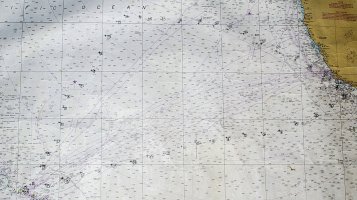DiamondDealer
Member II
When I was sailing as a live aboard we did have Loran and GPS was just coming in (intentionally gimped and of moderate usefulness) so we still used charts and old school tools to plot and Ded reckon. Does anyone do that anymore? I broke out some old charts, bought some new ones, found my plotting tools, and it's all come flooding back to me. In the meanwhile the young folk I know are pretty much just giggling and using their cell phones to bring up charts. (They stopped me from poking my dividers into the screen blast it!)
So am I the last of the dinosaurs, or does anyone else still plot and ded (deduced) reckon the old school way? I also still have a sextant and found how easy it is to get a nautical almanac, but can't get anyone interesting in learning. Math, y'know. Gawd forbid I use the word trigonometry!
I just wonder if I'm wasting my, and their, time trying to teach them how to navigate without electronics. Seems like trying to teach a driver to use a paper map when they've got siri right there
So am I the last of the dinosaurs, or does anyone else still plot and ded (deduced) reckon the old school way? I also still have a sextant and found how easy it is to get a nautical almanac, but can't get anyone interesting in learning. Math, y'know. Gawd forbid I use the word trigonometry!
I just wonder if I'm wasting my, and their, time trying to teach them how to navigate without electronics. Seems like trying to teach a driver to use a paper map when they've got siri right there
Last edited:


